All ProjectsAboutBlogs
-
Soul
-
Skates
-
Curiously
-
Tura
-
Overlap
-
Again From Scratch
-
M-Tron
-
Lamboozled
-
Sunrise
-
Memory Voyage
Return to Home
All Blogs
Breathe 2.0 🌼🌬️
December 18, 2024
🌱 Introduction
I’ve always been fascinated by the way nature responds to its surroundings. Whether it’s a flower closing at night or a leaf curling when touched, these subtle movements give life an organic, breathing quality. Inspired by this idea—and the intricate world of pop-up art—I created 'Breathe,' an interactive project that brings this responsive, breathing nature indoors through a combination of vinyl cutting, paper crafts, and technology.
In this post, I’ll walk you through the concept, inspiration, design process, and technology behind Breathe.
🌿 The Concept
'Breathe' is an exploration of how technology and design can mimic natural behaviors. The project consists of three delicate paper structures, each capable of opening and closing in response to movement and light. Much like a living plant, these structures “breathe”:
- When something approaches, they close up.
- When the space is clear, they open back up.
- At night, they softly glow with light—but if something gets too close, they close and turn off the light, as if protecting themselves.
This dynamic interaction encourages us to think about how nature reacts to its environment and how we, as humans, engage with these subtle but profound responses.
✨ Inspiration
The project draws inspiration from two main sources:
- David Carter's Pop-Up Structures:
David Carter’s pop-up books are masterpieces of engineering and design. The way simple cuts and folds can create complex, moving forms inspired me to experiment with his pop-up templates in my own project.
- Natural Responses:
Nature is filled with organisms that open, close, and adapt to their surroundings—like flowers that bloom or Mimosa pudica leaves that fold when touched. I wanted to recreate this organic interaction in an indoor, technology-infused setting.
🛠️ Materials & Tools
To bring Breathe to life, I used a combination of traditional crafting and modern technology:
- Vinyl Cutting Machine (Cricut)
- Colorful Cardboard
- GoGo Board
- LED Lights
- Sensors: Proximity Sensor & Light Sensor
🧩 Design & Assembly Process
1. Pop-Up Templates Exploring:
I started by exploring the template created by David Carter.

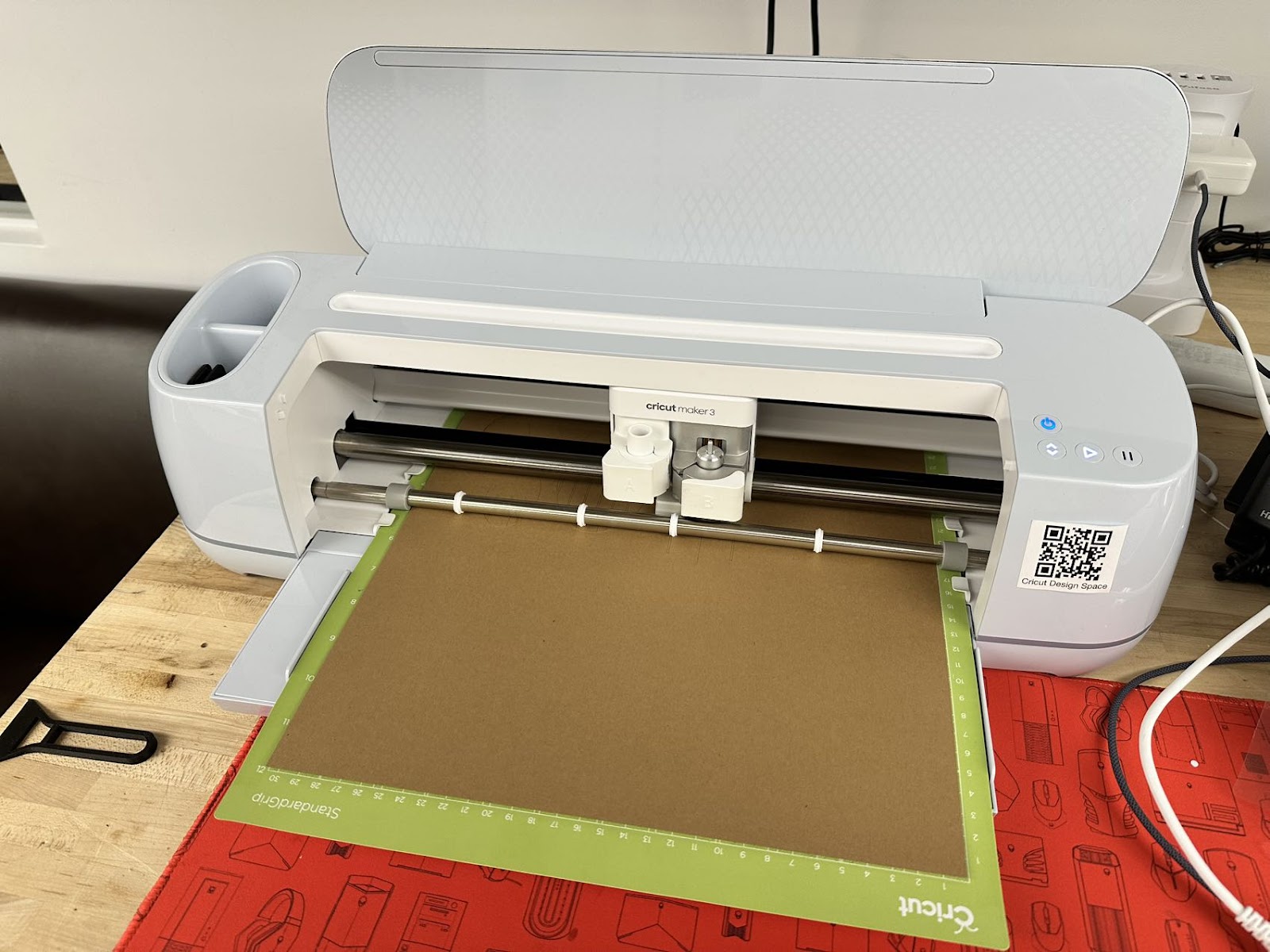
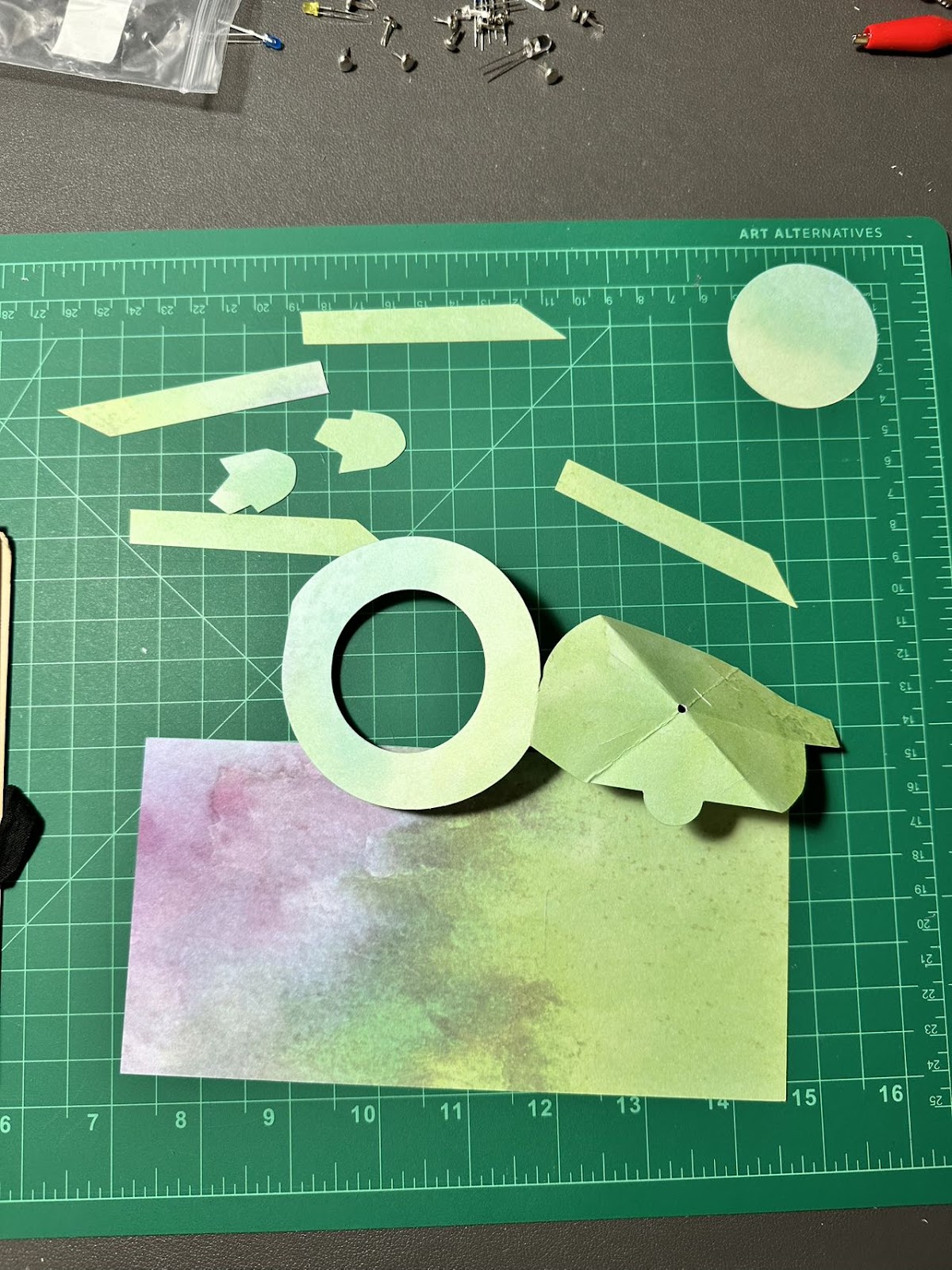
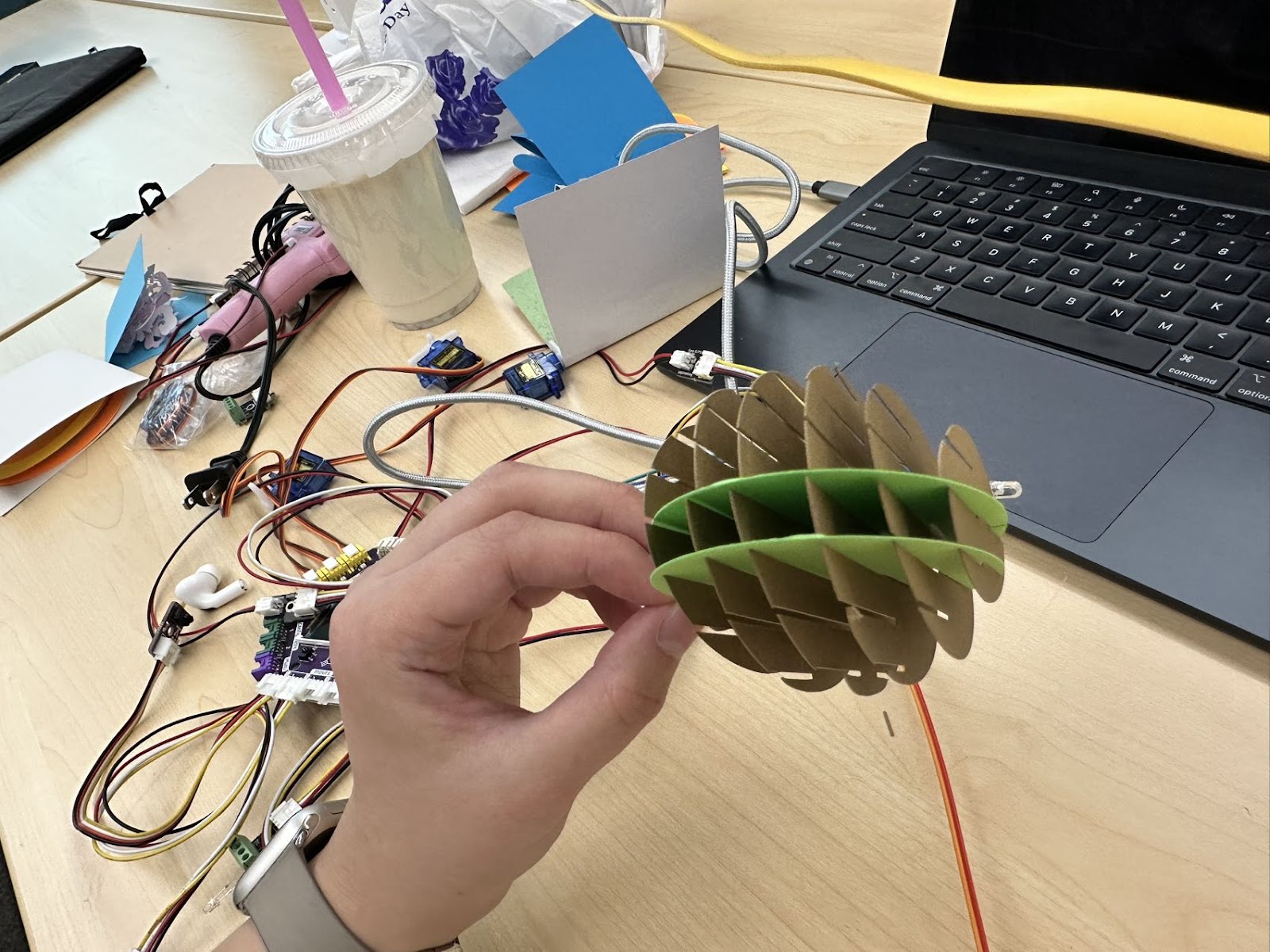
2. Experimenting with the Arduino:
Initially, I wanted to use an Arduino paired with an ultrasonic sensor to detect distance more accurately than a standard proximity sensor. The idea was to control the pop-up structures using servo motors for smoother motion. However, during testing, I encountered significant issues: the Arduino kept shutting down whenever the servo motors operated. Despite troubleshooting the code and power supply, I couldn't resolve the issue.
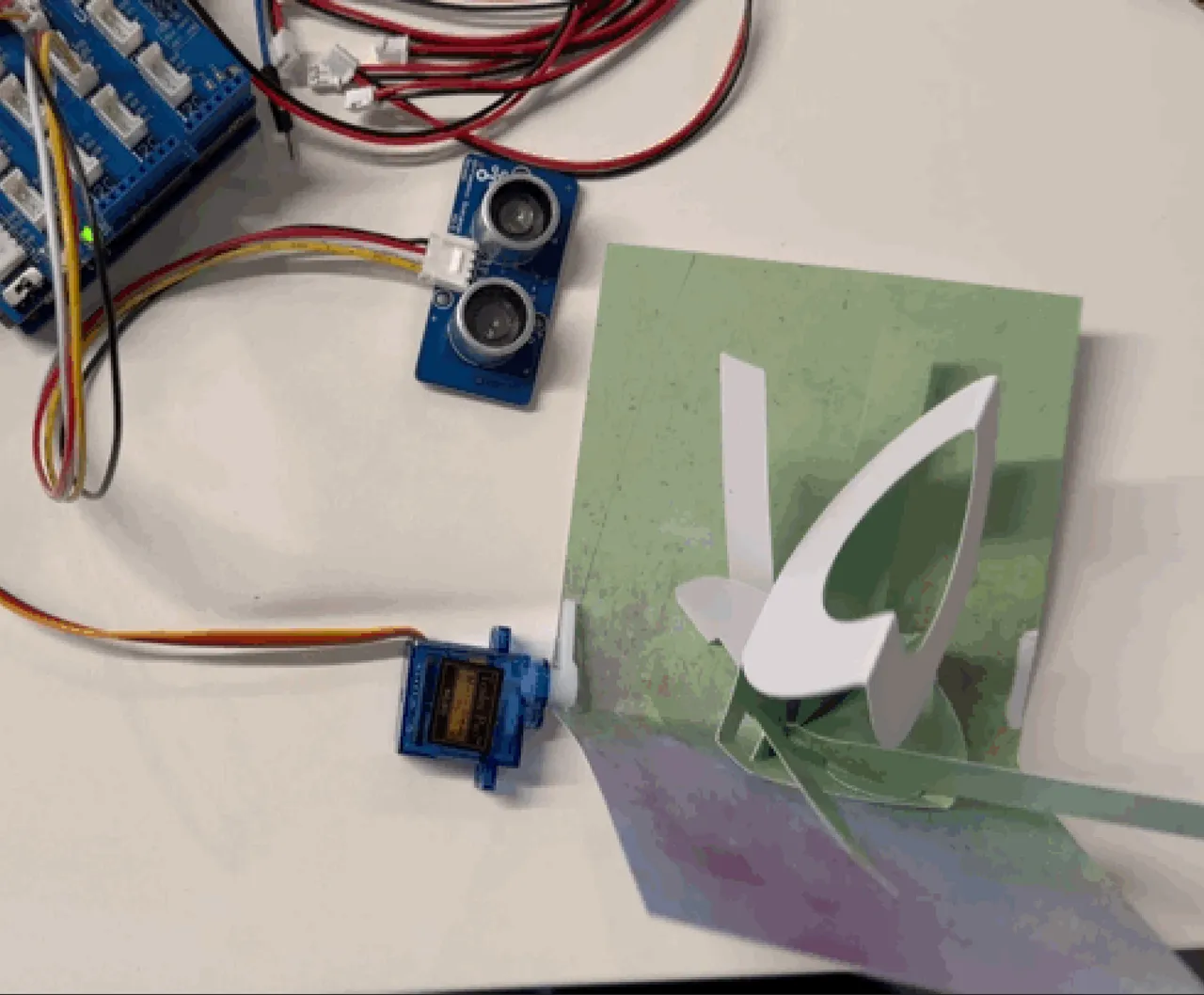
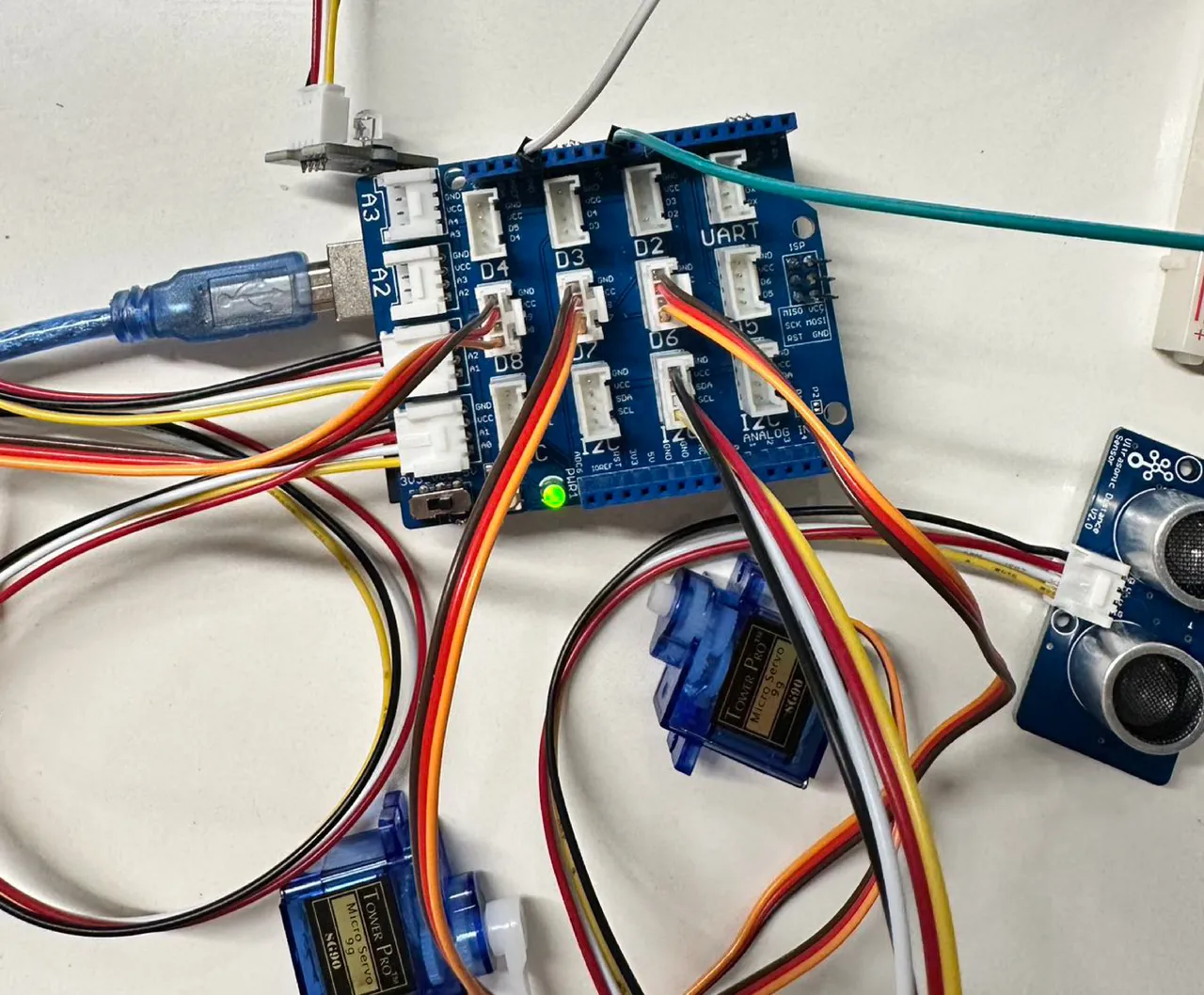
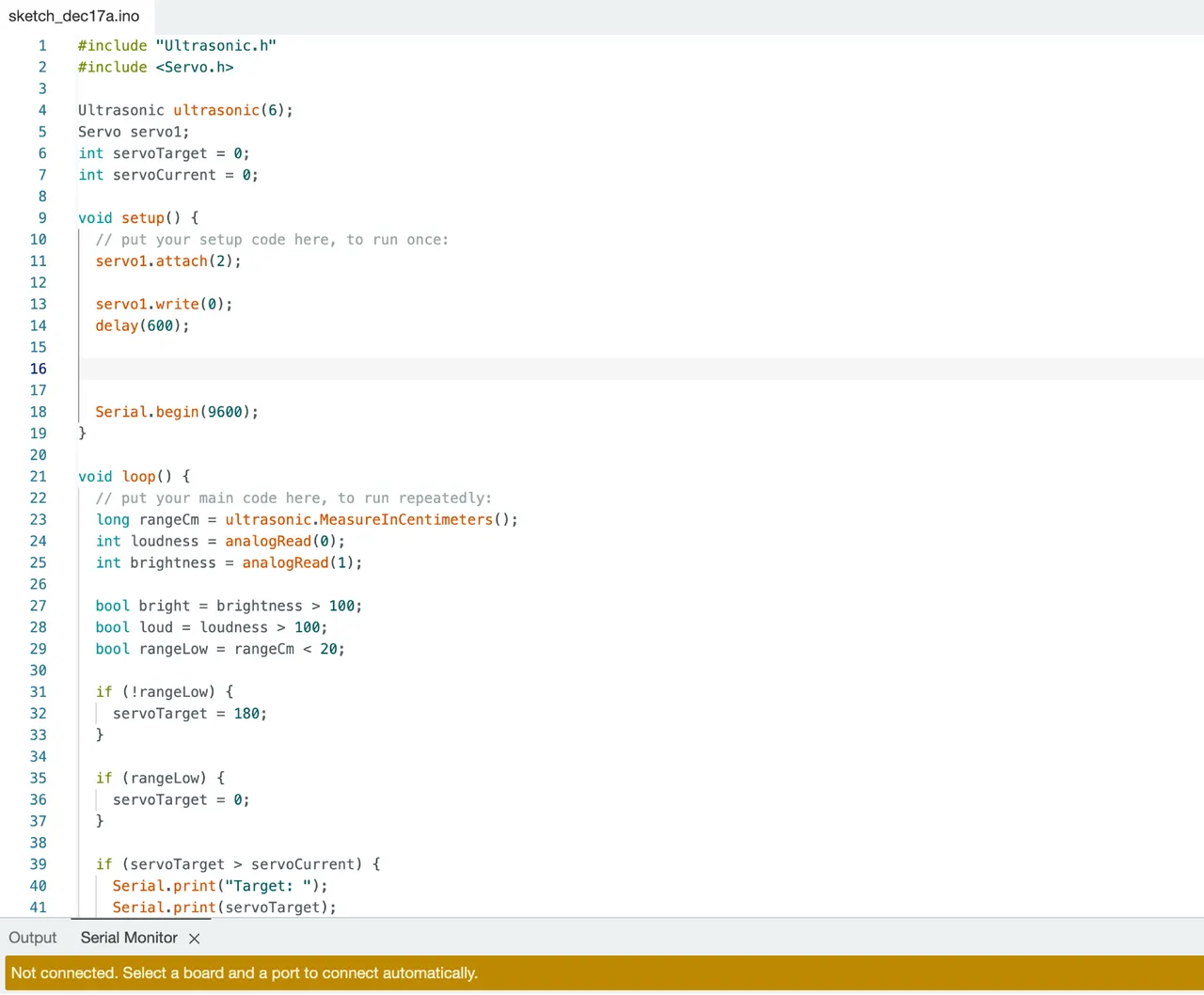
3. Switching to the GoGo Board:
Due to the difficulties with the Arduino, I decided to switch to the GoGo Board. The GoGo Board allowed for easier integration with basic proximity sensors and LEDs. Furthermore, the block coding system used with the GoGo Board is much easier for programming starters, making it more accessible and less error-prone than text-based coding.

✨ Conclusion
Breathe is a reminder that even simple materials like paper can come to life with a bit of technology and creativity. By simulating the natural act of breathing and responding, this project brings a small piece of nature into our everyday spaces.